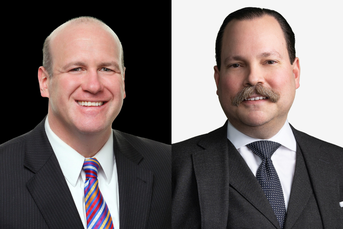State-registered investment advisers, mostly one and two-person offices, total 17,688
State securities regulators release first statistical snapshot of sector.
The number of state-registered investment advisers grew slightly over the past two years to a total of 17,688, according to a statistical snapshot of the sector released on Monday by state regulators.
In its first annual report about the investment advisers it regulates, the North American Securities Administrators Association said that the number of advisers increased by 44 between 2016 and 2017, an increase of 0.25%
State regulators oversee investment advisers with less than $100 million in assets under management. The Securities and Exchange Commission regulates about 12,000 advisers above that AUM threshold.
The NASAA report shows that the five states with the most advisers regulated by state securities officials are: California (2,998), Texas (1,279), Florida (1,099), New York (876) and Illinois (778).
The states that saw the biggest increases in state-level registration were Ohio (27), Wyoming (21), Arizona (19), Texas (17) and Kentucky (12).
The vast majority of state-level advisers have retail clients — 82% — with about a fifth of them (18%) being high net worth. Most of them charge a fee on assets under management (83%), while more than half (56%) charge an hourly fee.
It’s too early to tell how the report may influence NASAA regulatory proposals, but the state regulators need to have a handle on the breadth of the population for whom they’re responsible, said Joseph Borg, NASAA president and director of the Alabama Securities Commission.
“It’s an increasing space,” Mr. Borg said. “It’s an increasingly important space. We want to make sure we get [regulation] right, and the way to get it right is to have data.”
State regulators have always understood anecdotally that state-level adviser operations are small businesses. The NASAA report illustrates that 78% are one- or two-person shops.
“We now have the data to show just how small they are,” said Andrea Seidt, Ohio securities commissioner and chair of NASAA’s investor adviser section.
The line of demarcation — $100 million in AUM — between state-regulated and SEC-regulated advisers was set by the 2010 Dodd-Frank financial reform law. The state regulators are not trying to lift that ceiling.
“That’s not something that’s on our agenda,” Mr. Borg said.
Learn more about reprints and licensing for this article.








